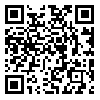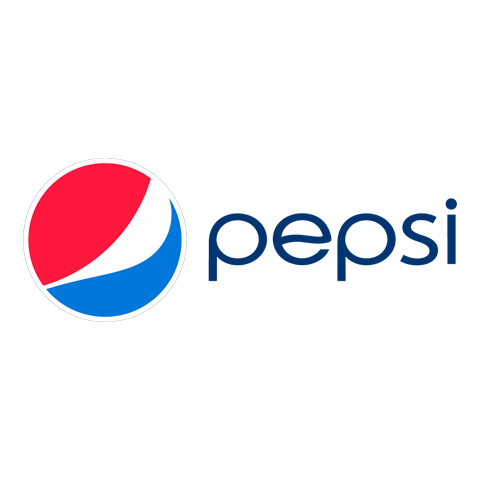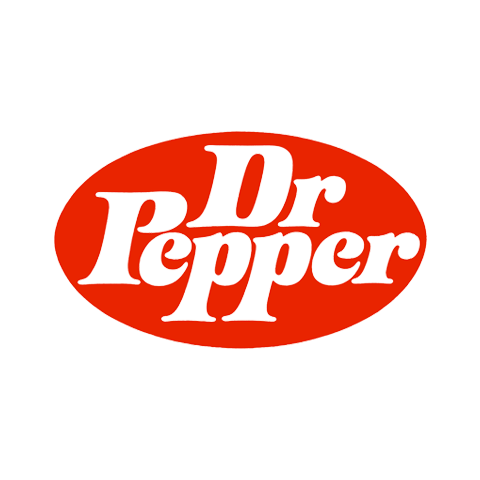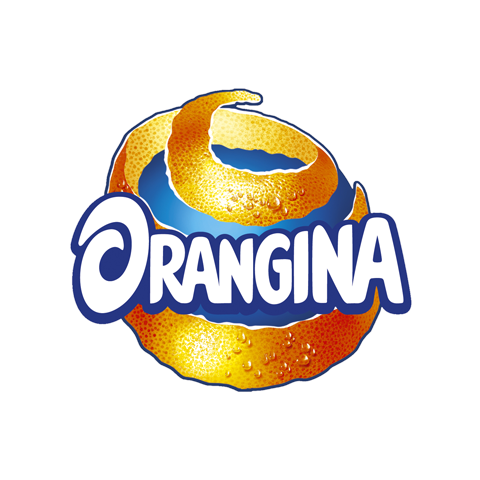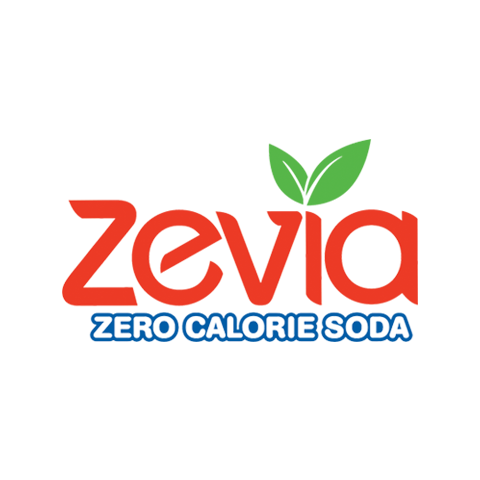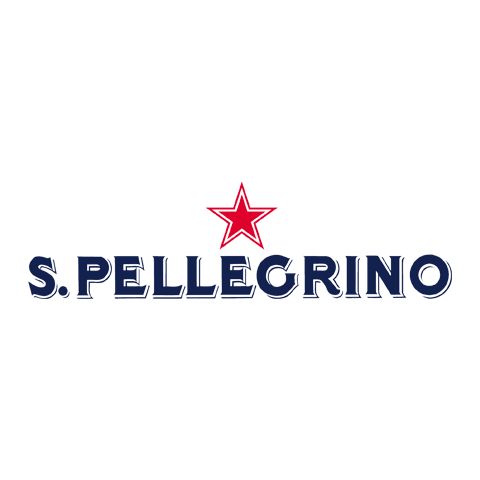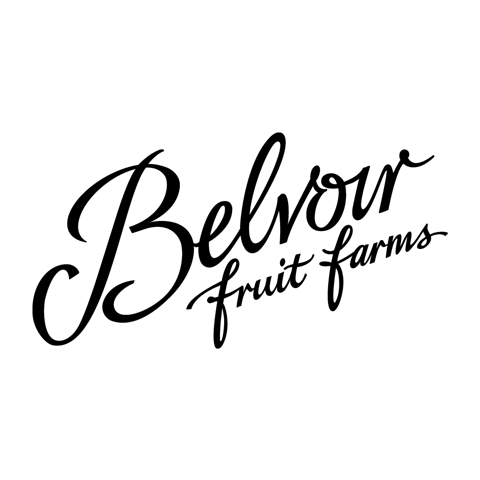Recommended models: Pepsi, Pepsi Sugar-Free, Light Diet Carbonated Soda, Mirinda Orange Soda, 7-Up
Founded in 1902, Pepsi is the second largest carbonated beverage brand in the United States after Coca-Cola, and is the "descendant" of Coca-Cola, which was once regarded as a copycat. At the beginning of the rise of the Great Depression in the United States, PepsiCo stood out with a low-price strategy, and then confirmed Coke's second position.
Compared with Coca-Cola, Pepsi is on par with "cool" and is keen on star strategies to win the recognition of young consumers. Among the Pepsi superstars are soul singer Ray Charles, pop king Michael Jackson, and diva Britney Spears. Its refreshing and vibrant blue bottle is also different from the Coca-Cola red can.
Pepsi set up its first bottling plant in Shenzhen, China in 1981, and married the Chinese brand Master Kong in 2012, with Master Kong responsible for the production and sales of Pepsi, but its overall sales are not as good as Coca-Cola, and even the title of "Fat House Happy Water", which symbolizes Coke, is occupied by Coca-Cola. According to Beverage Digest, an authoritative publication in the U.S. beverage industry, Coca-Cola's market share in the carbonated beverage market has increased slightly by 0.5% in the past decade, while PepsiCo has decreased from 10.3% to 8.4%.
Although Pepsi is inferior to Coca-Cola in the cola market, in terms of revenue, PepsiCo's total revenue reached $57.8 billion in 2017, much higher than Coca-Cola's $35.2 billion. PepsiCo expanded its business early, and in the beverage business field, it successively acquired Tropicana juice and sports drink Gatorade, and cooperated with Thomas J. Lipton to launch Lipton, a ready-to-drink tea beverage in North America. He has also made great achievements in the field of food processing, such as Lay's potato chips, Quaker oats, etc.
Although the main product Pepsi Cola has launched limited edition flavors in different regions, such as cinnamon-flavored cola in the United States, Bali blue cola, etc., in the Chinese market, it is basically only the original flavor, which was once all the rage, and it is difficult to find a trace of lemon-flavored cola, which is not as good as Coca-Cola's cherry flavor and vanilla flavor, which often refresh the taste.
Pepsi's response to the market is obviously not as good as Coca-Cola, after the opponent launched sugar-free carbonated drinks such as "Jianyi" and "Zero", Pepsi successively launched "Qingyi" and "Extreme" Coke, whether it is positioning, packaging, and price, it is almost the same, but the sales volume is difficult to match with Coca-Cola, not to mention that Coca-Cola also launched a new "fiber" in 2018.
In the face of Coca-Cola's limited bottles taking turns, Pepsi, which was once keen to take the "superstar route" and print celebrities on the packaging, chose to sell feelings in 2018 and launched a retro bottle in the 90s, trying to evoke resonance, but this routine has long been used by many brands, and the freshness of consumers is insufficient, and the market response is average.
Pepsi and Coca-Cola also have a variety of benchmark products, such as the lemon-flavored 7-Up, which is often paired with salted lemon as a "salted lemon seven" drink in Hong Kong-style tea restaurants, and the fruity soda Mirinda.
The competition between Pepsi and Coca-Cola has spread from supermarket shelves to fast-food restaurant chains, and Burger King, a fast-food brand that has been cooperating with PepsiCo, announced that its beverage products in Chinese mainland will be replaced by Coca-Cola, and Pepsi, 7-Up, and Mirinda will be discontinued in February 2019.
Pepsi and Coca-Cola have been fighting for a hundred years, like a movie that will not come to an end, from the perspective of the improvement of the product line and the competition of tastes, it is more like achieving each other and jointly depicting the world carbonated beverage map.
